Music of Cuba, Cuba, an island nation steeped in history, revolution, and vibrant culture, is perhaps most renowned for its music. From the infectious rhythms of salsa to the soulful melodies of son, Cuban music has captivated the world with its distinctive sound and rich cultural heritage. Join us on a rhythmic odyssey as we explore the diverse musical landscape of Cuba, delving into the roots of its iconic genres, the impact of historical events, and the enduring legacy of its musical luminaries.
Son Cubano: The Soul of Cuba:
At the heart of Cuban music lies son Cubano, a genre that emerged in the early 20th century. Rooted in a fusion of Spanish canción and African rhythms, son captures the essence of Cuba’s multicultural identity. The tres guitar, clave percussion, and Afro-Cuban rhythms intertwine to create a musical tapestry that tells stories of love, resilience, and the everyday life of the Cuban people. From the streets of Havana to the rural landscapes, son remains a vital and enduring part of Cuban musical heritage.
Buena Vista Social Club: A Resurgence of Son:
In the late 1990s, the Buena Vista Social Club, a group of veteran Cuban musicians, brought son cubano to the global stage. Their eponymous album, produced by Ry Cooder, became an international sensation, introducing the world to the timeless beauty of Cuban music. With artists like Ibrahim Ferrer and Compay Segundo, the Buena Vista Social Club reignited interest in traditional Cuban music, sparking a renewed appreciation for son and its cultural significance.
Salsa: A Cuban-Puerto Rican Fusion:
Salsa, a genre synonymous with Latin American dance and celebration, has deep roots in Cuba. Originating in the 1960s, salsa emerged as a fusion of Cuban son, Puerto Rican plena, and other Caribbean influences. Although salsa later gained global popularity in New York City, its Cuban origins are undeniable. The trumpet, congas, and syncopated rhythms give salsa its unmistakable sound, inviting people worldwide to dance to the energetic and contagious beats of Cuban-inspired salsa music.
Afro-Cuban Jazz: The Cuban Diaspora’s Influence:
Cuban jazz, often referred to as Afro-Cuban jazz, has played a pivotal role in the evolution of jazz worldwide. Pioneering figures like Mario Bauzá and Dizzy Gillespie infused traditional Cuban rhythms with the improvisational elements of jazz, creating a genre that transcends borders. The clave, a fundamental rhythm in Cuban music, finds a new expression in Afro-Cuban jazz, showcasing the fusion of African and Latin American musical traditions.
Rumba: The Soulful Street Beat:
Rumba, a genre deeply rooted in Afro-Cuban traditions, is a street music and dance form that embodies the spirit of Cuban resilience and community. The complex rhythms of the conga drums, the call-and-response vocals, and the vibrant dance movements create an immersive experience that reflects the soul of Havana’s streets. Rumba serves as a testament to the African influences that have shaped Cuban music, adding a layer of depth to the island’s musical narrative.
Mambo and Cha-Cha-Cha: Danceable Elegance:
Mambo, with its energetic brass sections and danceable rhythms, emerged in the 1940s as a fusion of Cuban and American jazz. The lively trumpet arrangements and syncopated percussion make mambo an irresistible dance genre that has left a lasting impact on global dance floors. Similarly, the cha-cha-cha, born in the 1950s, carries the essence of Cuban rhythm and elegance. These genres continue to be celebrated both in Cuba and around the world for their infectious beats and lively dance forms.
Cuban Hip-Hop: A Modern Expression:
As Cuba embraces the digital age, new genres have emerged, with hip-hop playing a prominent role in expressing the voices of a younger generation. Cuban hip-hop artists like Orishas infuse their music with social commentary, addressing issues of identity, politics, and daily life. The rhythm and flow of Cuban hip-hop carry echoes of the island’s musical traditions while providing a contemporary platform for artistic expression and social activism.
Cultural Resilience: Music in Revolutionary Cuba:
The Cuban Revolution of 1959 had a profound impact on the nation’s music. Fidel Castro’s government recognized the cultural significance of music and supported its development, leading to the establishment of music schools and cultural institutions. The fusion of political ideology with artistic expression resulted in a unique musical landscape that continues to thrive. Musicians in Cuba are often seen as cultural ambassadors, embodying the spirit of resilience and creativity that defines the island’s cultural identity.
Cuban Music Abroad: Influence on Global Sounds:
Cuban music has not only shaped the cultural identity of the island but has also influenced musical genres worldwide. From the Afro-Cuban rhythms in jazz to the contagious beats of salsa and the intricate guitar melodies of son, Cuban music has found resonance in diverse global genres. Musicians across the globe draw inspiration from the island’s rich musical heritage, contributing to the enduring legacy of Cuban sounds.
Challenges and Preservation Efforts:
While Cuba’s music is celebrated globally, it faces challenges, both internal and external. Economic constraints, limited access to resources, and the impact of globalization pose threats to the preservation of traditional Cuban music. Yet, organizations, musicians, and cultural enthusiasts are working diligently to document, promote, and pass on the island’s musical heritage to future generations, ensuring that the rhythmic heartbeat of Cuba endures.
Conclusion:
In conclusion, the music of Cuba is a vibrant and multifaceted expression of the island’s cultural richness and historical complexities. From the soulful son cubano to the danceable rhythms of salsa, each genre weaves a unique narrative that reflects the spirit of the Cuban people. As Cuba continues to evolve, its music remains a timeless testament to resilience, cultural pride, and the enduring power of rhythm. The island’s musical legacy not only reverberates through the streets of Havana but also echoes across the global stage, inviting people to join in the celebration of the rhythmic soul of Cuba.
Famous Artists:
Cuba has produced a wealth of influential musicians and artists who have left a lasting impact on the world of music. Some of the most famous Cuban musicians and artists include:
- Compay Segundo: Compay Segundo was a legendary musician known for his contributions to the Buena Vista Social Club, which brought Cuban music to international acclaim.
- Celia Cruz: Celia Cruz, the “Queen of Salsa,” was a trailblazing artist who played a pivotal role in popularizing salsa music worldwide.
- Ibrahim Ferrer: Ibrahim Ferrer was another key member of the Buena Vista Social Club, celebrated for his soulful interpretations of Cuban music.
- Benny Moré: Benny Moré, known as “El Bárbaro del Ritmo,” was a prolific and influential singer and bandleader in Cuban music.
- Omara Portuondo: Omara Portuondo, a member of the Buena Vista Social Club, is a renowned singer and interpreter of boleros and Cuban music.
- Los Van Van: Los Van Van is a legendary Cuban dance band known for their innovative fusion of various musical styles, including songo and timba.


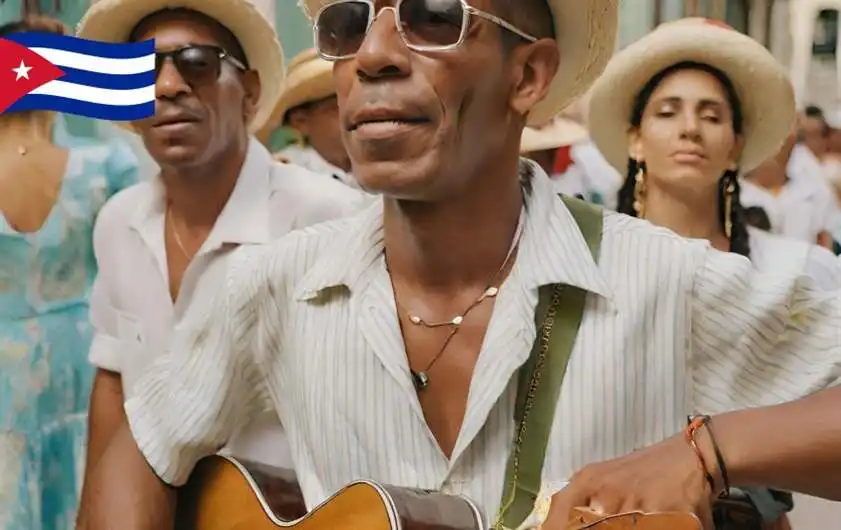



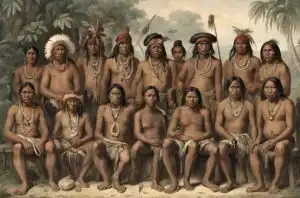


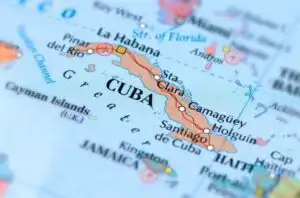

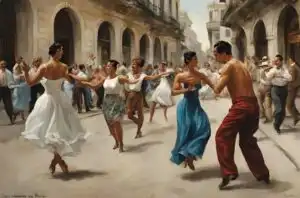

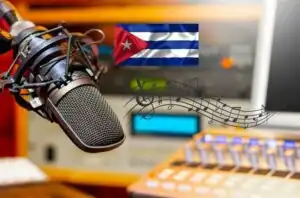
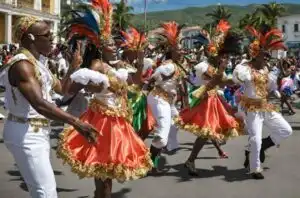





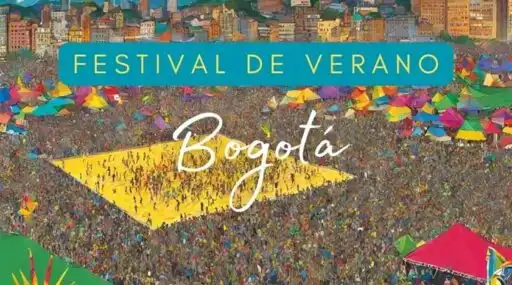
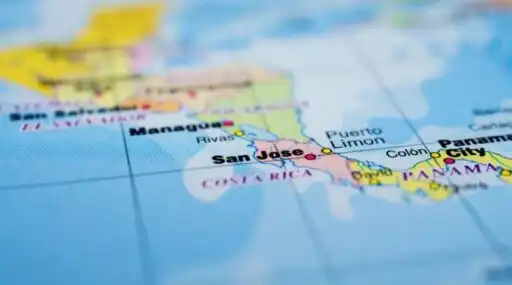

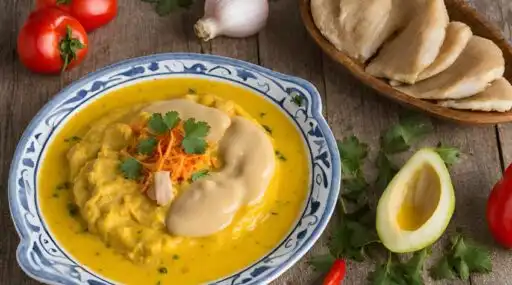
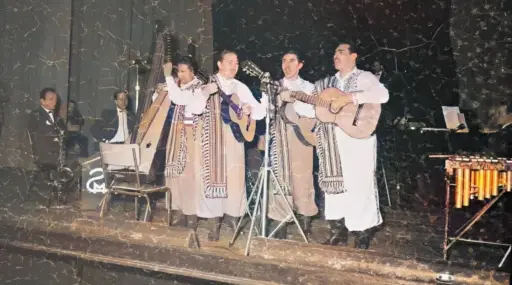





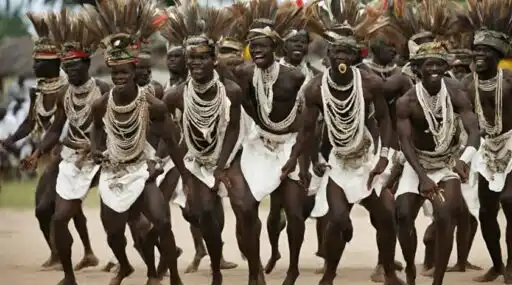

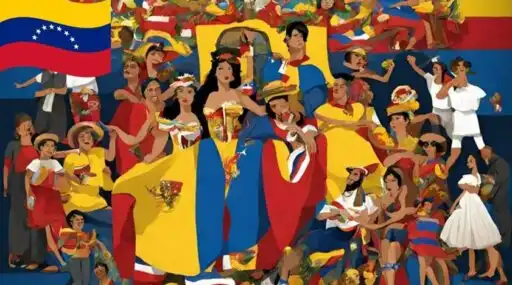
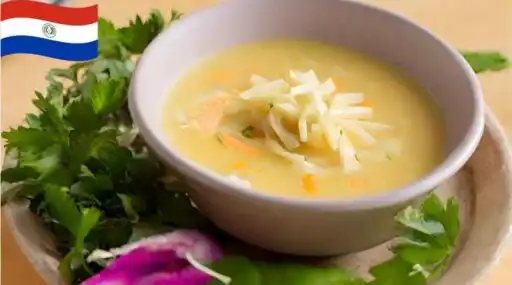

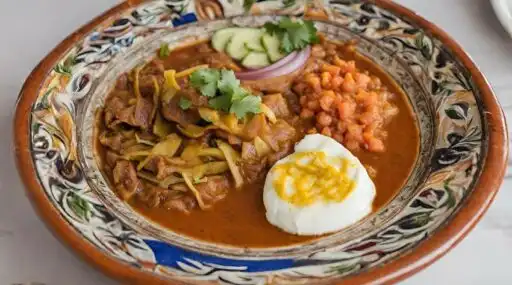
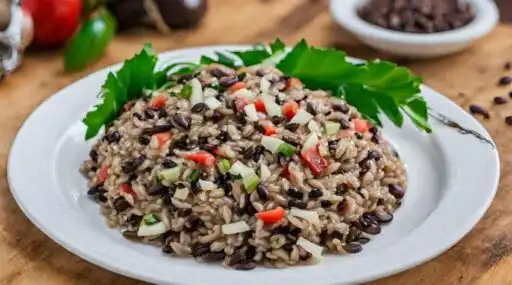

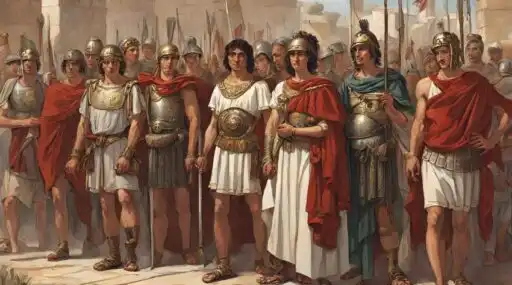
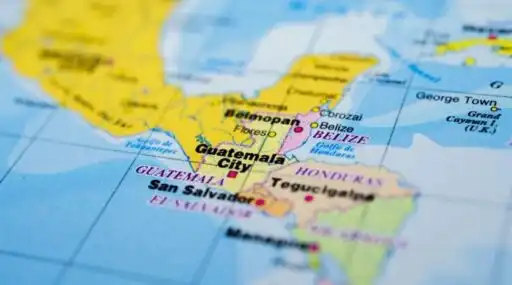
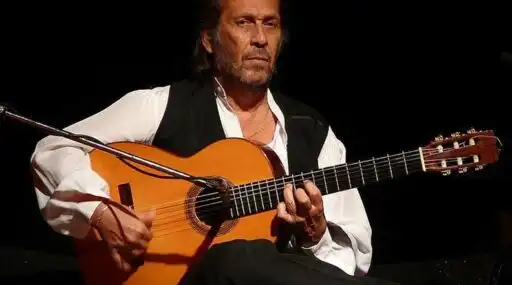


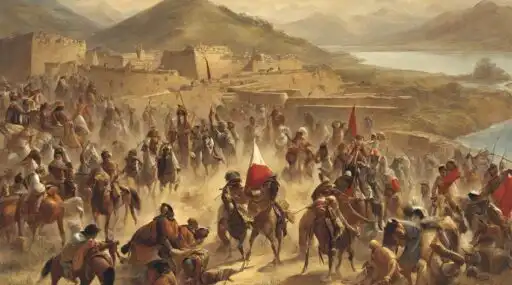




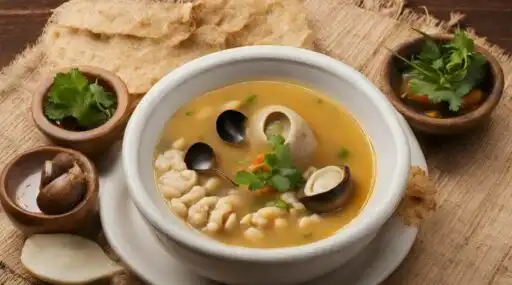
Leave a Reply